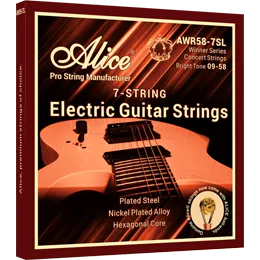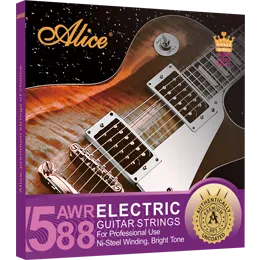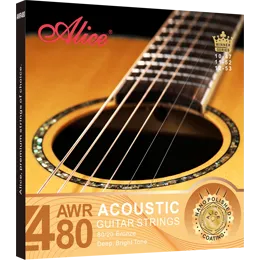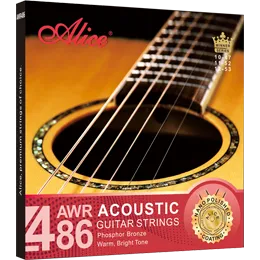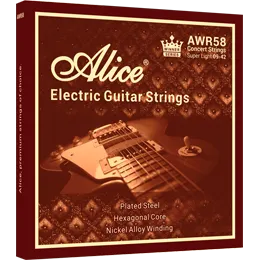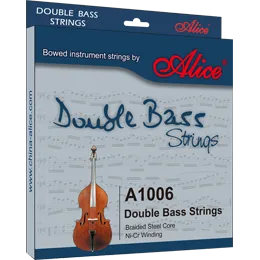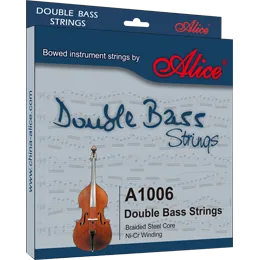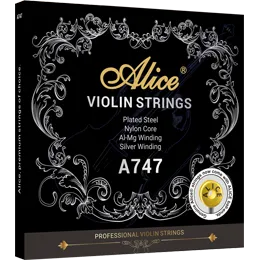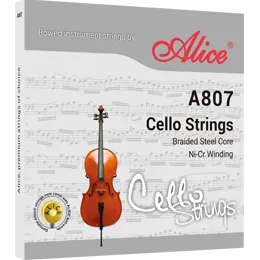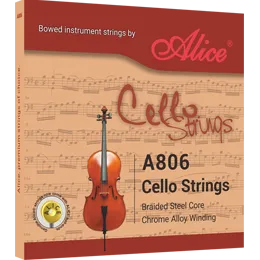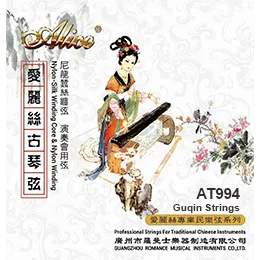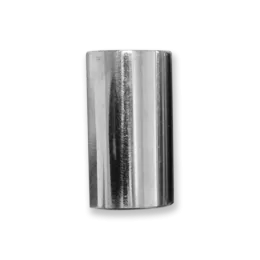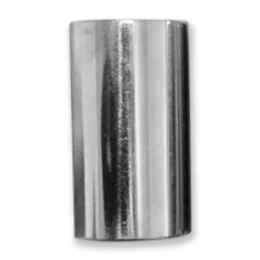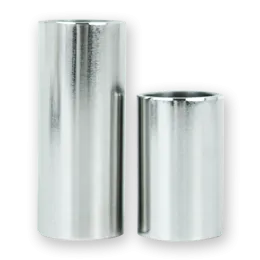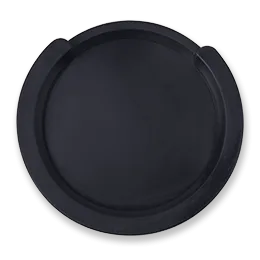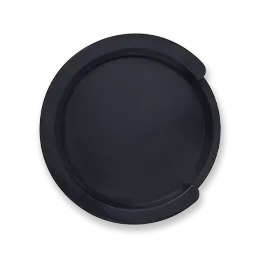How a Capo Can Help Guitar Beginners - ALICE STRINGS
A capo is one of the most common guitar accessories, along with tuners, string winders, guitar picks, and more. Capo is a small device designed to clamp all the strings on a guitar’s fretboard. This kind of guitar accessory can change the key of a song, simplify complex chords, and adjust the guitar’s pitch.
Capo is one of the devices that can be confusing to guitar beginners. In this article, we will present different kinds of capo and how to use capo properly.

Different kinds of capo
A capo’s ability to reproduce sweet, open chords in new keys is critical to the versatility of a guitar. As players’ need for capos become more and more varied, the types of capos are also enriched.
1. Trigger Capo
The trigger capo clamps onto the fretboard using a spring-loaded mechanism. This kind of capo can be adjusted and moved quickly, while its slim shape ensures unhindered movement up and down the fretboard.
2. Screw Capo
The screw capo uses an adjustable screw system to clamp onto the fretboard. Regardless of fret position, neck size, or string action, the screw capo allows for better control of the pressure on the strings.
3. Cradle Capo
The cradle capo has a variable-tension screw on the center of the guitar’s neck. The screw on the back of the guitar neck enables to apply pressure to tighten the capo. However, it takes a bit more work to put on and take off.
4. Partial capo
The partial capo is designed to transpose only some of the instrument’s strings, unlike a standard capo that affects all strings. Partial capo offers guitarists a similar option as an alternate tuning, with bass strings and new chord parts.
How to use a capo
The method of using the capo is very simple. Firstly, the guitarist requires to check the tuning, then place the capo behind the frets. With the capo set, play the guitar and check that each string rings clearly. Furthermore, if the guitar has a buzzing sound after setting the capo, then it needs to be retuned.
Key points to be aware of when using a capo:
1. It is important to place the capo correctly. The capo should be placed in the middle or behind the frets. It is recommended that the capo be clamped to the 5th fret at most. Otherwise, it will affect the tone of the guitar.
2. The amount of pressure the capo puts on the guitar is also a key factor. If the pressure is too little, the strings will buzz and lose tune. On the contrary, the strings will go out of tune if the pressure is over much.
3. The capo needs to avoid slipping on the strings, or it will affect the strings’ vibration and cause the strings to make noise. The capo can be removed and reattached to avoid fraying the strings.
4. Putting and removing the capo on the guitar neck will make the strings go out of tune. The guitar needs to be retuned whenever the capo is installed or removed.

Alicestrings Capo A007V
Alicestrings is a musical instrument company with 20 years of experience. We strictly implement the requirements of the ISO9001:2015 international quality management system and examine every step to ensure that product quality meets various standards.
Alicestrings provides more than 2,000 products to meet the needs of music lovers, including classical guitar strings, electric guitar strings, bass strings, and musical instrument accessories such as picks and capos. Among them, our A007V Capo is especially suitable for all guitarists. The Capo uses a screw-spring system that allows precise pressure adjustment and is easy to apply and remove. In addition, A007V capo can create brighter sounds, play and simplify chords with corresponding chord effects.
Contact us if you are interested in our product!
Relate News


Phosphor Bronze Strings vs. 80/20 Bronze Strings: Which Should You Choose?

What is the Difference Between Guitar Strings and Guitalele Strings?

What Is a Guitar Capo Used For?

How to Choose the Right Guitar String Gauge: Light, Medium, or Heavy?

What Strings Are Best for an Acoustic Guitar?

Electric Guitar Strings vs Acoustic Guitar Strings Difference, and Can Swap Them?

Guitar String Guide: Top Picks for Electric, Acoustic, and Classical Guitars

Alicestrings Guitar Strings Collection 2023

Alice String Set FAQs: All about Guitar/Oud/Bowed Instruments

[Guide] How to Properly Tune a Cello



